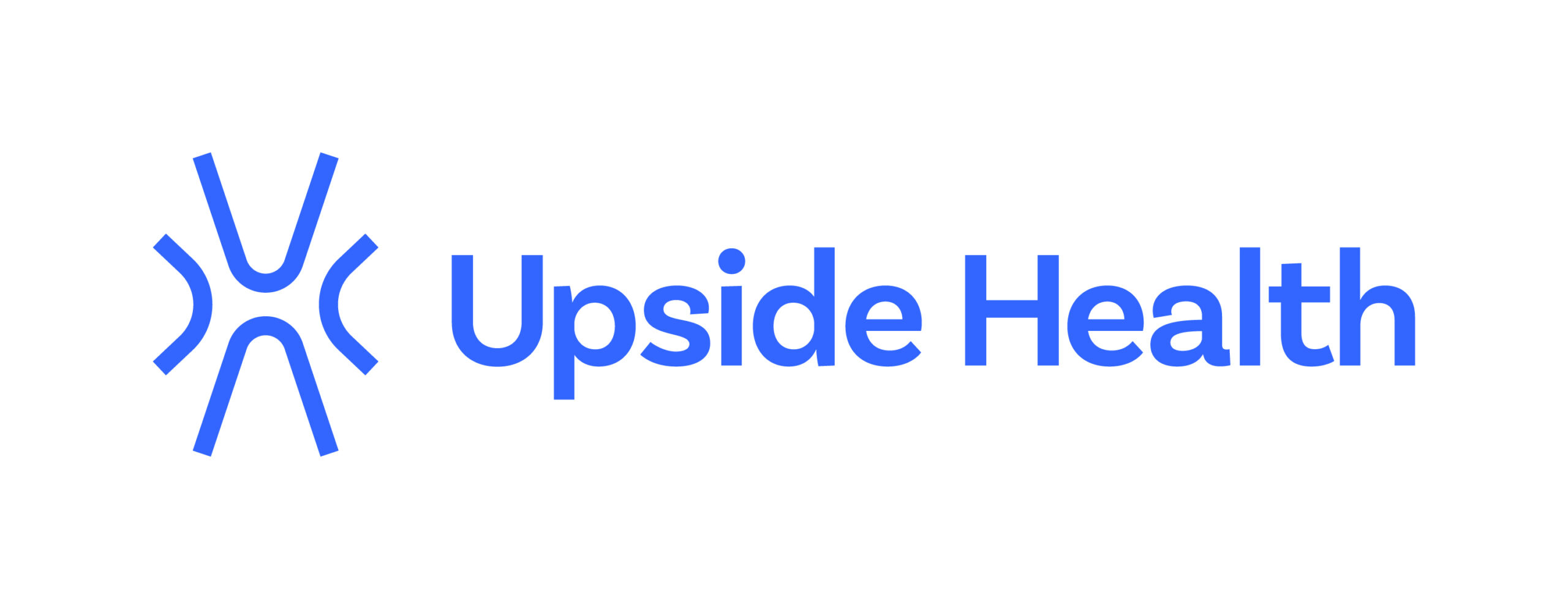The 2020 Physician Fee Schedule set to be released in January by the Center for Medicare Services is expanding reimbursement offerings for remote patient monitoring codes. Last year, CMS unbundled remote patient monitoring (RPM) codes in an attempt to facilitate their use by clinicians. This “unbundling” created unique billing codes for the various components of remote patient monitoring and allowing for reimbursement of approximately $115 per patient per month for utilizing this service. While traditionally employed by primacy care doctors for remote monitoring of blood pressure and heart rate, a range of new companies and product offerings have emerged to encourage others to utilize the powerful tool of RPM for their specialties.
The unbundled RPM codes released last year are broken into two categories: one-time, introductory fees and monthly fees. The one-time onboarding and introduction fee, 99453, is reimbursed at approximately $19 per patient per month and involves the provider to introduce, train and provide the solution to the patient. The second code, 99454, is for the daily transmission of data of this remote program. The third code involves the monthly review of data by a clinician for a minimum of 20 minutes per patient per month. The codes can only be used once per month per patient – meaning early to adopt physicians have a strong advantage.
It is this final code, 99457, that is seeing the greatest changes. CMS has added a modifier of 99457 for clinicians to be reimbursed for each additional 20 minutes they spend reviewing the patient data. However, the most notable change is the change from requiring the review of data to be completed under direct supervision to now under general supervision. This falls more in line with the chronic care management codes and increases the attractiveness of the tool for already time-strapped providers. With these modifications, CMS is showing its dedication to remote patient monitoring as a key tool to reducing costs and improving outcomes. Remote patient monitoring plays a key role in effective provider triaging, patient self-management, enhanced patient-provider communication and better system utilization. While CMS will no doubt continue to modify and clarify these codes, this is a strong indication of its potential.



